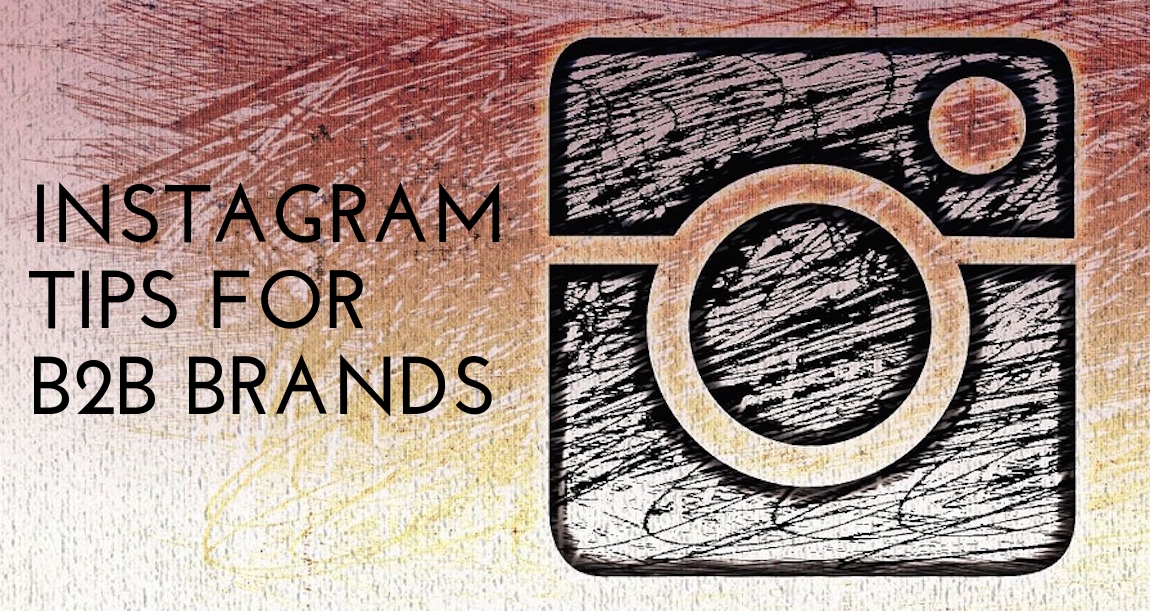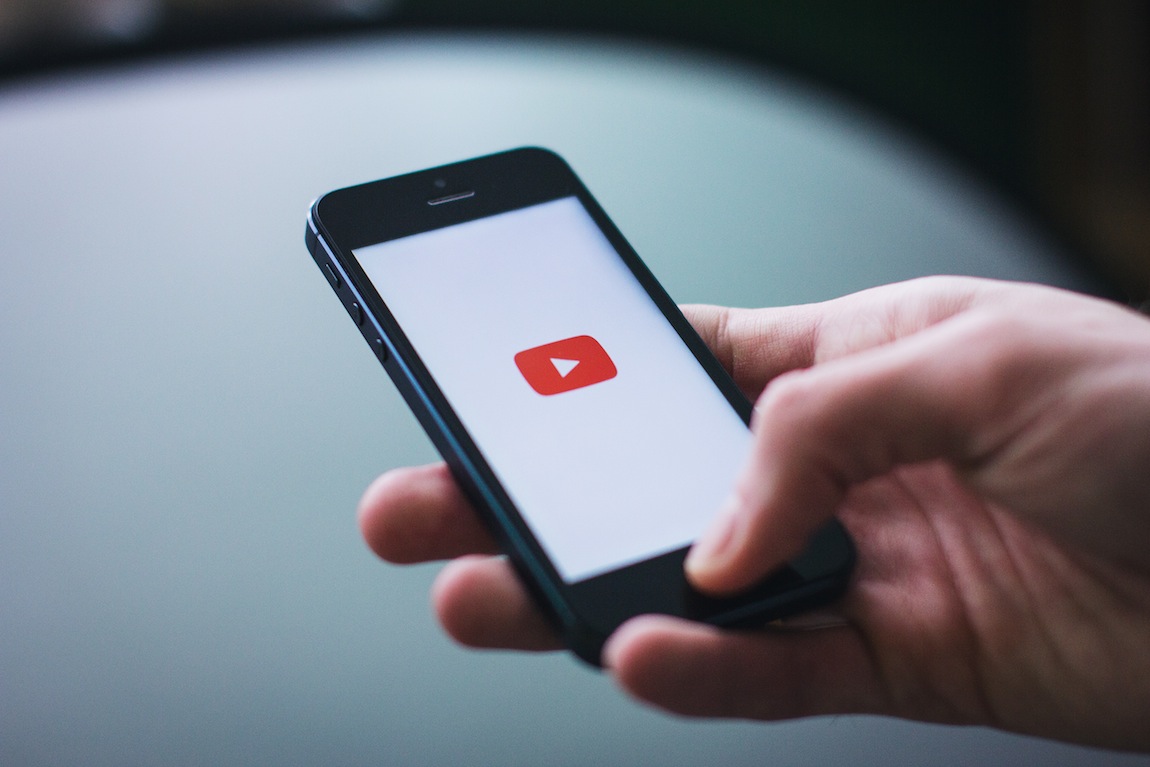by MGB2B

The Myth: I don’t need Twitter because I’m already on LinkedIn.
The Truth: When used correctly, Twitter can be an amazing marketing tool for expanding your business.
Twitter and LinkedIn are easily two of the biggest social media platforms utilized by expanding businesses. However, some believe that LinkedIn is the only platform you need to make lasting connections with potential customers. They simply aren’t aware of the benefits of Twitter for B2B brands. The truth is, Twitter and LinkedIn have different pros and cons, and when you use both, they complement each other quite nicely.
According to the Content Marketing Institute’s report: 2016 B2B Content Marketing Trends, 55% of B2B brands found Twitter to be effective, while 66% found LinkedIn to be an effective social media platform. The difference in number may be rooted in the approach that businesses take on Twitter. Twitter is not a “set it and forget it” platform – it requires planning and attention. When you put the effort into it, Twitter opens you up to a whole new world of users that may not be available to you on LinkedIn at all.
Here Are the Benefits of Twitter for B2B Brands:
- You Can Post As Often As You Like. We don’t recommend that companies post content on LinkedIn more than twice a day, max. On Twitter, you can have several posts a day. In fact, it’s smart for your brand to do so. Especially with the accompanied use of hashtags to grab audiences searching for topics that are related to your business.
- It’s a Great Listening Tool. Twitter is the perfect spot to listen to both your customers and your competitors. The platform makes it very easy to make lists and categorize users (i.e. competitors, industry experts, prospective customers) that post content that is useful to you. You can more efficiently find out what’s going on in the industry, see what your competitors are doing right or wrong, and what your target audience values most – all in real time.
- You Can Use Twitter to Build Relationships. Use retweeting as a conversation starter. If you agree with something a prospect posted or have something to add, you can retweet their post, mention them with the “@” and use that retweet to talk to them about what matters to them (and you) most.
- Or to Fix and Solidify Relationships. Address the concerns of your followers on Twitter to show the world that you are willing to help them out as quickly as possible. This shows that you are interested in remaining completely transparent. Twitter also offers great tips for both addressing customers’ concerns and harnessing the power of their positive reviews on the platform.
- Lead Generation via Ads. While you may attract a few more bots than you would with a LinkedIn ad, Twitter ads can actually be very effective. That’s because you can use keywords to target ads based on relevant conversations people are having on Twitter. You can also use ads for event targeting to grab the attention of prospects when they are the most actively engaged on what’s going on in your industry.
For the most part, you can think of Twitter as bottom-floor networking. Once you get to know someone through Twitter, then you can take the relationship to the next level — LinkedIn. The trick is doing it in a way that is subtle, friendly, and engaging. Plan out your Twitter presence carefully, and it can be a very lucrative part of a full B2B campaign.
Continue Reading
by MGB2B

The Myth: B2B and Instagram Don’t Mix Well
The Truth: There are Lots of Creative Ways B2B Brands Can Engage with Instagram Users
Many B2B companies feel it is unnecessary to use Instagram. If you are one of the many, you are likely missing out on a significant chunk of engaged users. The platform has over 500 million users. And when it comes to B2B marketing, Instagram has some of the most engaged users in the world of social media. This is a quality over quantity story.
Here Are 5 Instagram Tips for B2B Brands:
- Don’t Make It about Your Products. It’s a mistake to use Instagram as your product portfolio. Get creative and tell a story about your brand. Build a relationship. Perhaps you tell stories about craftsmen at your company to highlight their attention to detail. There are so many possibilities.
- Talk About Your History or Your Philosophy. Customers and clients connect with your brand more deeply when they see that you are authentic. Or amusing. Or smart. Instagram is where your brand voice can come to life.
- Include People in Your Photos. Whether it’s a buyer or a CEO looking at your Instagram feed, the one thing you can count on is that it’s a person. People do business with people, not with the business itself. So be sure to feature the people that make your organization great wherever you can. For instance, show a photo of your CEO with a quote from him or her. Show hands operating machinery. Post a photo of your Administrative Assistant on Administrative Professionals’ Day. Again, this is an opportunity to show that your brand has a good culture behind it, IN ADDITION to good products or services.
- Use Hashtags. This is important. Hashtags provide prospects a way to find your brand on Instagram. You can jump on the bandwagon with popular business hashtags, or even hashtags for the masses like #MotivationMonday as long as what you post is relevant to your audience. You can use them to promote events you’re hosting or simply to categorize your posts (e.g. #manufacturing, #construction, etc.). Do a little research to find out what is popular in your industry.
- Put Links in Your Bio. When you want to promote something in particular, you can put a link in your company bio and drive people to it in the comments section of the photo you’re posting. You can use this approach to promote events, new partnerships, and even new products, on occasion.
B2B and Instagram can be best friends when the platform is used to project company values and brand character. Emotion, values and brand character play a bigger part than you might think in the B2B decision-making process. And Instagram is a great place too influence that process.
Continue Reading
by MGB2B

The Myth: You Need to Get a Brand Video Made — Quick!
The Truth: Figure Out the Content Before You Move Forward with Video
Video marketing isn’t just for the consumer market. The best perks of video marketing include engagement, brand awareness, and lead generation — which are all very important for B2B brands. But this isn’t breaking news. According to the 2016 B2B Content Marketing Benchmarks, Budgets, and Trends — North America report, 79% of B2B marketers are using video as a content marketing tactic. So if you haven’t created or shared any videos, you should shoot a quick one and get it out there ASAP, right?
Wrong. The content of your video matters. Good video content doesn’t need to be high-quality (though if you can afford better production, you should do it) nor does it need to go viral; it just needs to have a message that matters to your customer base and triggers a connection to your brand, product, or even other customers. If you can pull this off in an entertaining or insightful way, you’ll be miles ahead of the poor video content that is out there today.
More than anything it’s important to sit down and plan. What are your potential customers looking for? What do they need from you and how can your video help deliver it? Always start with strategy.
In the meantime, here are a few video content ideas you can look through and see if any might be a good fit for your customers.
Engaging B2B Video Content Ideas:
- How-To Guides — Before turning to you, customers may try to tackle their problems on their own. Help them with the first steps, and you will be top of mind for when the problems become too big for them to handle on their own.
- Case Studies — This is a great way to showcase what you have to offer. Remember though that your customers don’t care about you, but rather about solving their problems. Use this format to address how your products or services have solved challenges they can connect to.
- Weekly Podcasts — A series is a great way to keep people coming back for more. If you stay committed to this sort of project, you will have created for your company an archive of useful problem-solving content. But you have to make sure you have someone (maybe you) in your organization who is willing to make the commitment and stick with it. It’s not something that can be done sporadically.
- Customer Testimonials — There is nothing more powerful than an emotional connection. And it is easier for people to form connections with other people than it is for people to form a connection to a product. If you have clients or customers who can do heartfelt testimonials and have a good demeanor on camera, see if they’ll be willing to help out. You’ll be surprised how many people will be.
Yes, video marketing has skyrocketed across all industries, but that doesn’t mean you should rush into filming something that no one will care about. Take the time to focus on the content of your video and, more importantly, what you want the video to accomplish before diving in head-first.
Continue Reading


